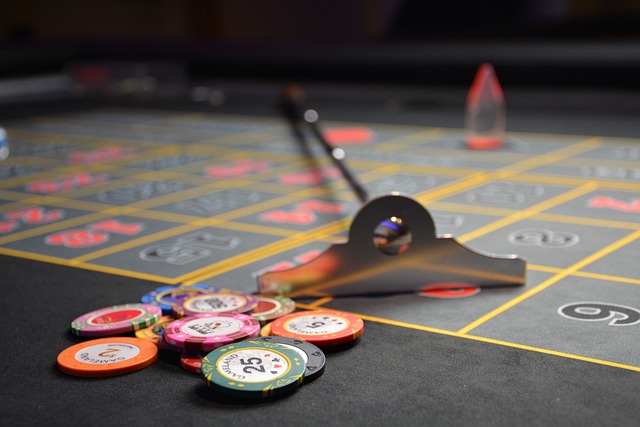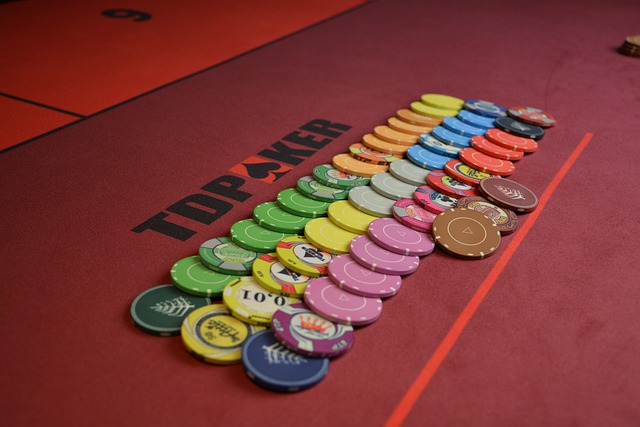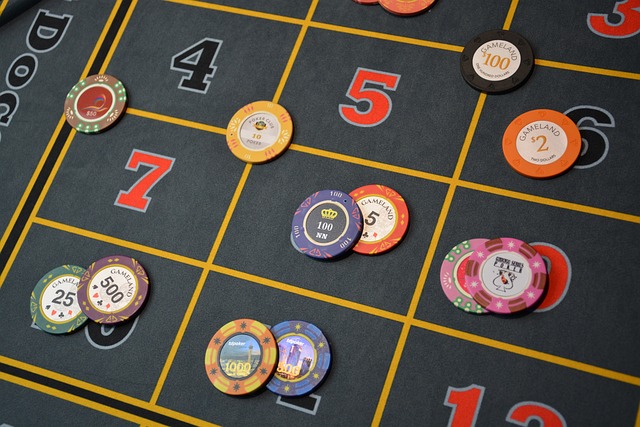Timeboxing turns open-ended play into scheduled, predictable sessions. Instead of guessing when to stop, you set a clock and let tools enforce it. The goal is simple: more focused decisions and less drift into tilt or fatigue.
Why timeboxing works for gambling and VR
Casinos and live markets reward attention. After an hour, focus drops, reaction times slow, and mistakes rise. Timeboxing protects decision quality by creating hard stops before performance sags.
It also stabilizes bankroll use. Fixed session length pairs naturally with fixed unit size. You measure results per block of time, not vibes, which makes leaks and wins easier to compare week to week.
The core tools, in plain English

Alarms are one-shot reminders. They end a window and prompt a pause. App limits cap daily minutes inside specific apps, preventing “one more quick spin” after the alarm rings.
Session caps combine a countdown with an exit rule. When the timer hits zero—or a pre-set loss/win threshold—you close the slip or table. Add a cool-down so you can’t restart immediately, even if you feel fine in the moment.
Quick setup list
- Alarm at 45–60 minutes; five-minute warning tone.
- App limit of 90–120 minutes total per day for gambling apps.
- Session cap: time OR ±10–20 units, whichever comes first.
- Cool-down: 30–60 minutes before any new session.
Practical presets by game type
Slots and ways-to-win titles benefit from medium blocks. Aim for 45–60 minutes to collect a fair sample without chasing. If a game adds a bonus bet, include it in your session cap math; cost per minute rises faster than you think.
Table games and VR poker need shorter, sharper windows. Use 30–45 minutes with a five-minute buffer to leave the table cleanly. Add a decision rule at the end—review two hands you’re unsure about, then stop. This keeps reflection inside the block, not after tilt.
Sports live-betting runs on event clocks. Timebox to the natural breaks: pre-match window, halftime, and final two-minute drill. Close the app outside those blocks so you aren’t tempted by low-edge micro-markets.
What to track and how to adjust

Track three numbers per session: duration, net units, and a one-line quality note (focus 1–5, tilt yes/no). Over a week, compare blocks instead of individual spins or hands. The pattern matters, not any single result.
If you routinely hit time limits while still sharp, add 10 minutes next week. If you often blow through caps after a downswing, lower unit size or shorten blocks. Small, scheduled changes beat impulsive edits mid-session.
Tiny reference table
| Tool | Best Use | Strength | Watch Out For |
|---|---|---|---|
| Alarm | Simple 45–60 min blocks | Low friction | Easy to snooze and ignore |
| App Limit | Daily totals across apps | Stops drift | Needs per-app whitelists |
| Session Cap | Time OR ± units, hard stop | Enforces discipline | Must pre-define unit size |
| Cool-Down | Breaks tilt loops | Resets decision quality | Tempting to bypass without lock |
Common pitfalls and fixes
Snoozing alarms becomes the default if the stop rule is weak. Tie the alarm to an action: cash-out, export log, close app. A ritual prevents “just five more minutes.”
Stacked apps leak time. If you cap only one casino, you’ll hop to another. Group limits across all gambling and wallet apps so the daily ceiling is real. For VR, include the launcher and browser—lobbies and streams also burn minutes.
Finally, don’t cram stakes to “beat the clock.” Timeboxing is not a speedrun. If the block feels rushed, lower bet size or extend by 10 minutes next cycle.
End-of-session checklist
- Log units, duration, and one quality note.
- Screenshot balance if you plan to return later.
- Start cool-down; disable notifications from gambling apps.
- Review one decision you’d change next time.
